Everything you need to know about carrots
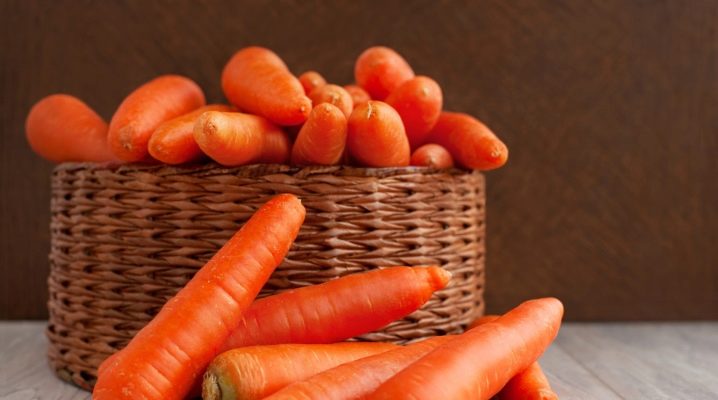
Carrots are a well-known vegetable. However, not everyone knows what his story is and how to properly care for him. This is what we will talk about in our article.
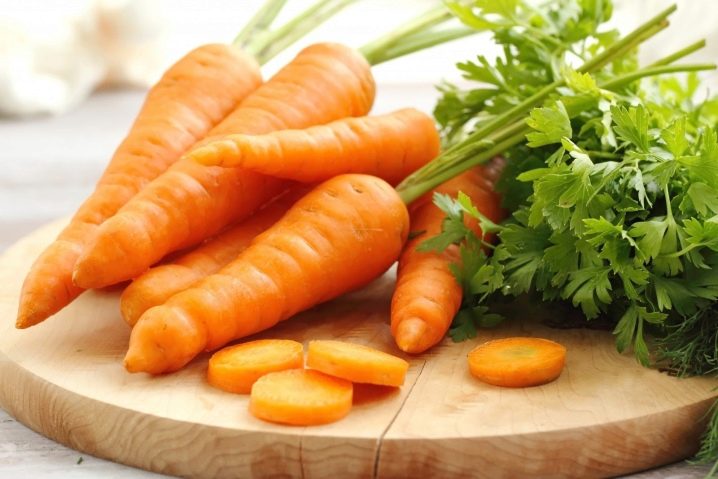
What is it - a vegetable or a fruit?
According to the botanical classification, carrots are among the vegetable crops. These, as a rule, include such plants that give root crops, tubers or other fruits that a person can subsequently eat.
In fact, it seems that there should be no doubt as to whether carrots are a vegetable or a fruit. However, this issue is not so simple. So, in 1991, the European Union classified the carrot as a fruit, which was done through a special document. This happened due to trading rules. However, this is contrary to the scientific classification.

Origin story
It is believed that the homeland of carrots is Afghanistan - it is there that the largest number of species of this plant is grown and at the present time. At the same time, it is interesting that where this vegetable comes from, it was grown at first not because of the fruit, but because of the fragrant greens and seeds.
But the first mentions of the carrot root crop and its use for food can be found in ancient sources that date back to the 1st century AD. However, if you believe the research of archaeologists, then they began to grow this vegetable much earlier - about 2 thousand years BC.
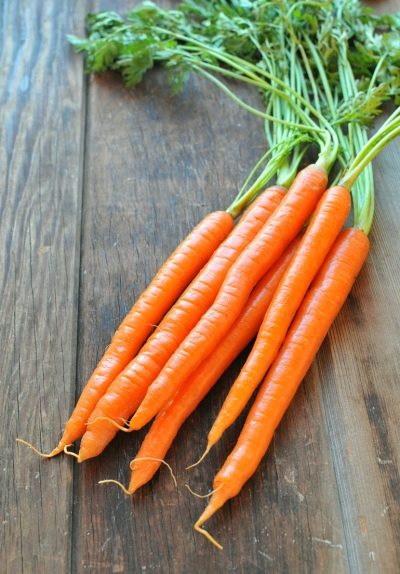
If we talk about the modern carrot, then it was brought to European countries somewhere in the X-XIII centuries. In the territories of our country, this plant appeared during the period of Kievan Rus.
At the same time, it is worth mentioning that carrots were originally grown, which gave yellow and white fruits. But mentions of red carrots began to be found only closer to the 18th century.
It is also interesting that many ancient legends are associated with this plant... According to these legends, carrots were the favorite food of the dwarves. They happily exchanged gold bars for this root vegetable.
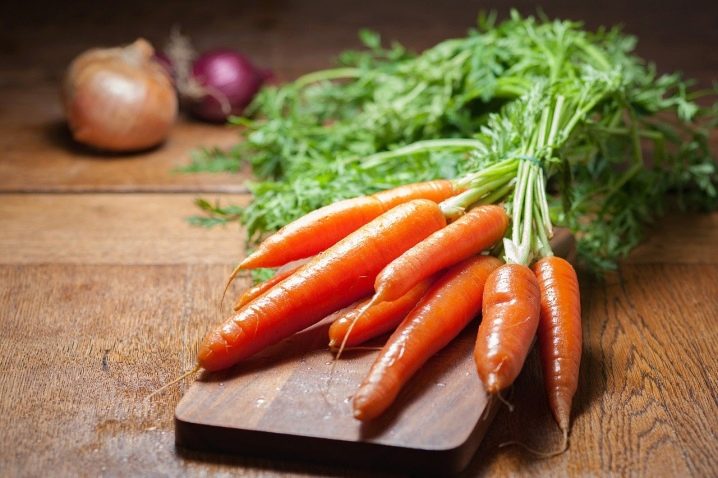
Botanical description
Carrots belong to the umbrella family, or celery. This plant is conventionally divided into the following varieties - table and fodder. It is believed that the former are distinguished by higher taste, they contain a huge amount of vitamins, sugars and carotene. But fodder carrots, as a rule, are used to feed farm animals.
Speaking about the appearance of this culture, first of all, it is worth mentioning the features of its structure. The carrot is a plant with a life span of 2 years. In its first year of life, it gives a rosette of leaves, a stem and a root system. But the next year, a seed bush begins to form.

It is also interesting that carrots also give a root modification, which is transformed into a root crop: it is in it that the reserves of nutrients are located.
The carrot fruit itself is distinguished by its fleshiness, and its shape largely depends on what type of plant the plant belongs to. So, the fruit can be conical, cylindrical and fusiform. It is also interesting that it can have not only the usual orange color. It may well be red, yellow, or even white. And its weight, as a rule, does not exceed 0.5 kg.
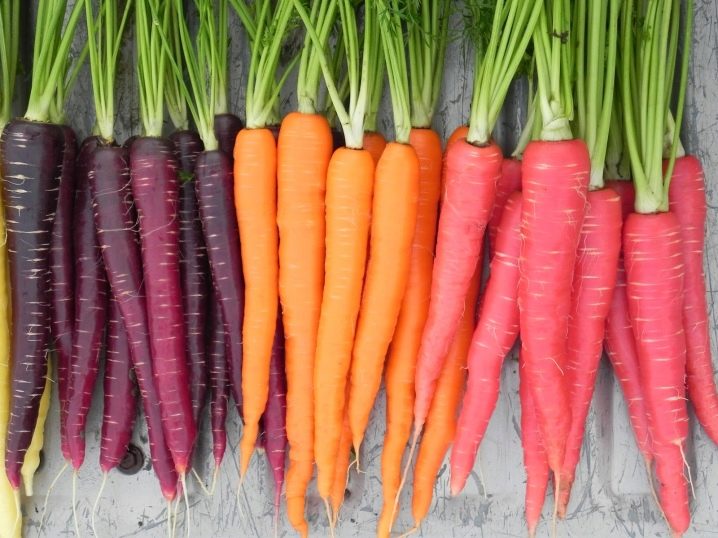
The flowers of this culture are bisexual, they give an inflorescence, which is a complex umbrella.But the fruit looks like a small two-seed, which contains a large amount of essential oils.
This plant bears fruit only once in its entire life. And after flowering and harvesting of seeds, it is simply uprooted.
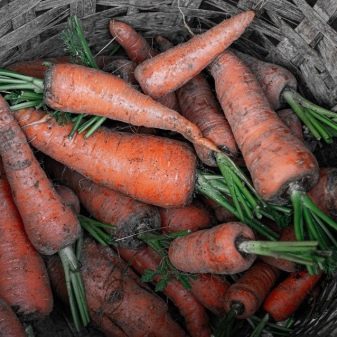

It is worth mentioning the biological characteristics. So, carrots are cold-resistant plants, and their seeds germinate at 5 degrees Celsius. But for the light, this culture is quite demanding: only with a sufficient amount of it, it gives a decent harvest. Loves carrots and water, especially in large quantities it needs moisture from sowing to germination. Lack of water during this period will simply destroy the carrot sprouts.
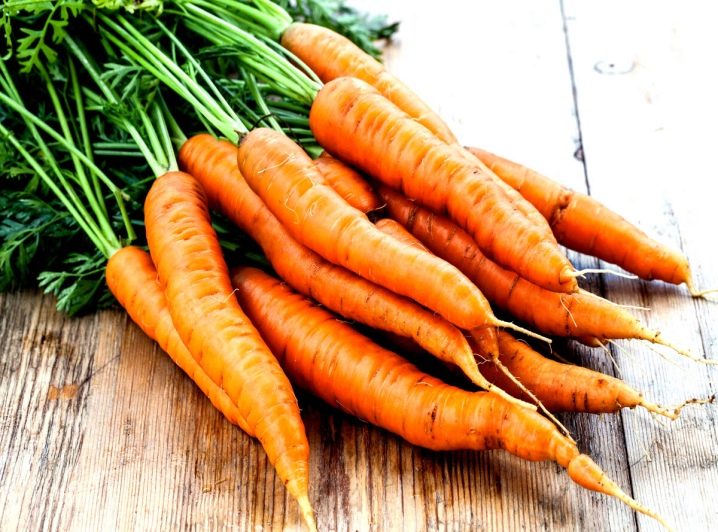
Wild carrots grow wherever temperate climates prevail, and therefore they can often be found in Mediterranean, European, African and Asian regions. This plant is also grown in an apartment. Usually, early varieties are used for this, the root crop of which, as a rule, is small.
As for the beds, sown carrots are usually found literally everywhere, because they are a common vegetable for growing outdoors.
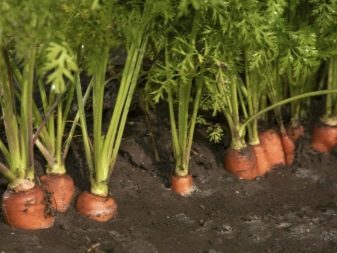
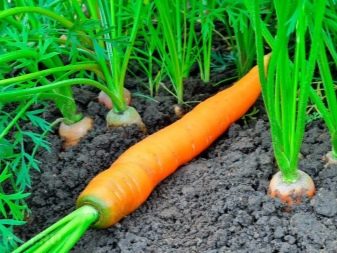
The best varieties
There are many varieties of carrots, in Russia alone there are about 320 registered names, which are simply not possible to list. However, among them, one can single out those that are planted most often.
So, among mid-season varieties, the most popular are: "argo", "golden pilaf", "lidia" and "violetta". The differences between them, as a rule, lie in the shape of the root crop, its color, length and taste.
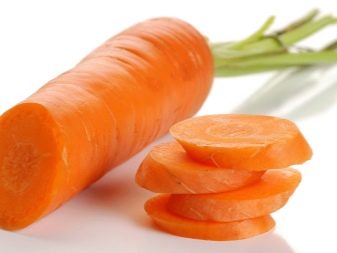
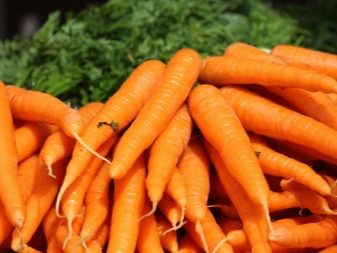
But among the late ripening varieties, such as "totem", "yellowstone" and "red caramel" are distinguished. Their taste and weight are especially noted, which can vary from 100 to 200 grams, depending on the variety.
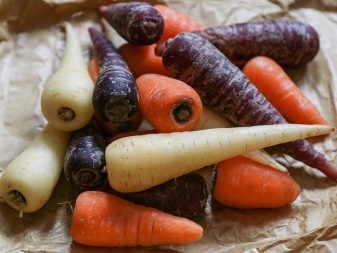
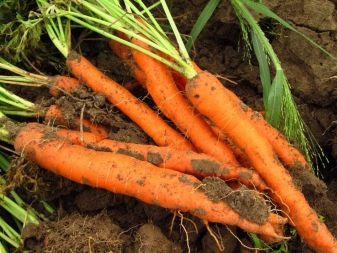
Landing
As a rule, carrots are planted during late autumn or early spring. To get fruits that can be eaten in the summer, it is recommended to plant early or mid-season varieties, which are sown in April, in winter, or towards the end of October days.
But for storing carrots in winter, as a rule, late-ripening varieties are used, which are sown in May.
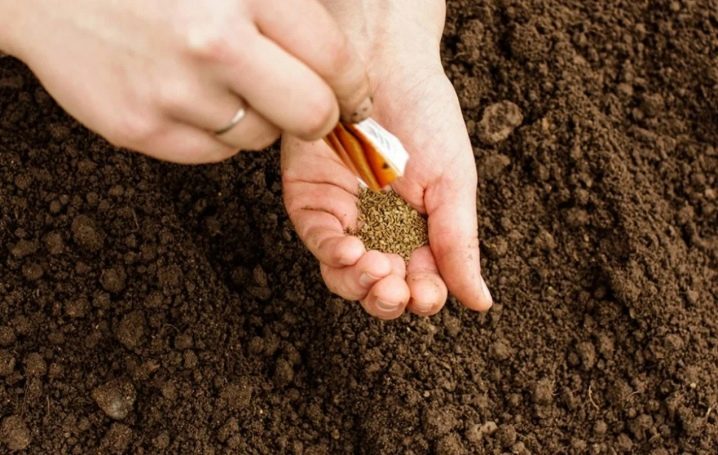
Care
Thinning
Thinning involves the elimination of excess carrot sprouts. This procedure is necessary in cases where the carrot has risen too thickly. It allows the plant to provide all the necessary conditions for full-fledged growth and development, and also helps to eliminate weak sprouts that only interfere, pull nutrients for themselves and entail, with excessive thickening, only the interweaving of root systems, which negatively affects the state of root crops.
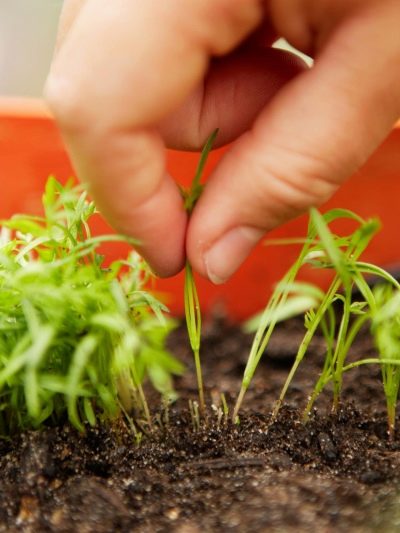
Watering
For the carrot to grow green, it needs a lot of moisture. However, it is still not worth it to part with watering. As a rule, water should be applied at intervals of 3-5 days, depending on the temperature and climate. In this case, it is best to water with water at room temperature, since cold water has a bad effect on carrots and increases the possibility of rot.
It is recommended to add water, among other things, mainly in the evening, in order to exclude the possibility of sunburn.
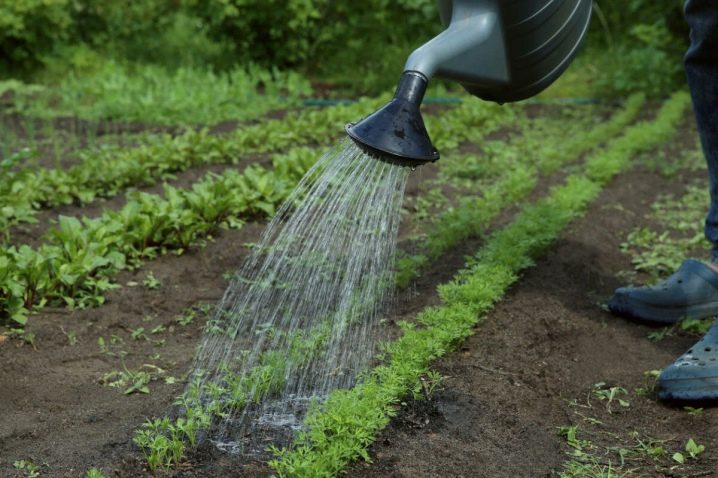
In addition, it is recommended to use a watering can for this, especially when it comes to watering during the germination period. At this stage, the root system of the plant is weak, and therefore it is not worth pouring it from a hose.
Top dressing
Fertilizers have a positive effect on the condition of carrots, contribute to their growth, development of root crops and the growth of green mass. However, you should not overdo it with them, because this can seriously harm the plant. The top dressing itself can be applied before planting, during sowing, as well as in spring or summer.
Organic fertilizers, such as wood ash, humus, or chicken droppings, can be used as top dressing. And you can resort to help and mineral complexes. Among them, superphosphate, nitrate and urea are especially distinguished.
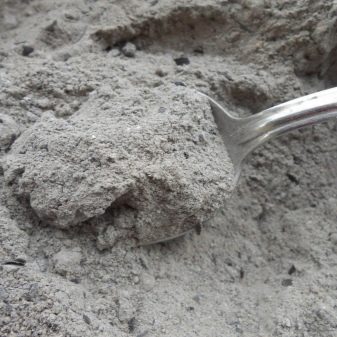
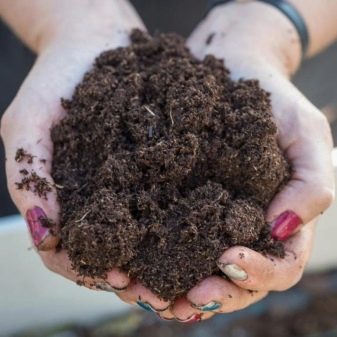
Reproduction
Carrots propagate by seeds, which can be obtained from varietal crops. As a rule, the seed is taken after harvesting the fruits. The largest root crops are selected for planting, while cutting off the tops from them. They are recommended to be stored in a cellar and planted in the spring, when the threat of frost has passed.
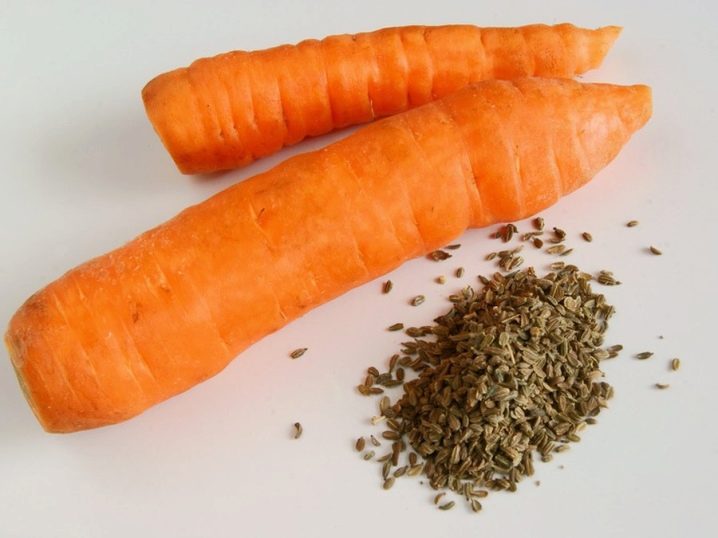
Diseases and pests
Carrots, like other cultivated plants, are very susceptible to attacks from all sorts of diseases and parasites.
If we talk about diseases, then most often this culture is affected by powdery mildew, cercospora, rhizoctonia, brown spot and white rot. To eliminate this or that disease, it is recommended to resort to the help of fungicidal agents. However, if the situation is running, then the best solution would be to uproot the carrots and then eliminate them. Otherwise, the disease can affect healthy plantings. Well, in order to prevent it, we recommend that you follow preventive measures: periodically examine the plants for problems, provide them with high-quality care, and also prevent the density of carrot bushes.
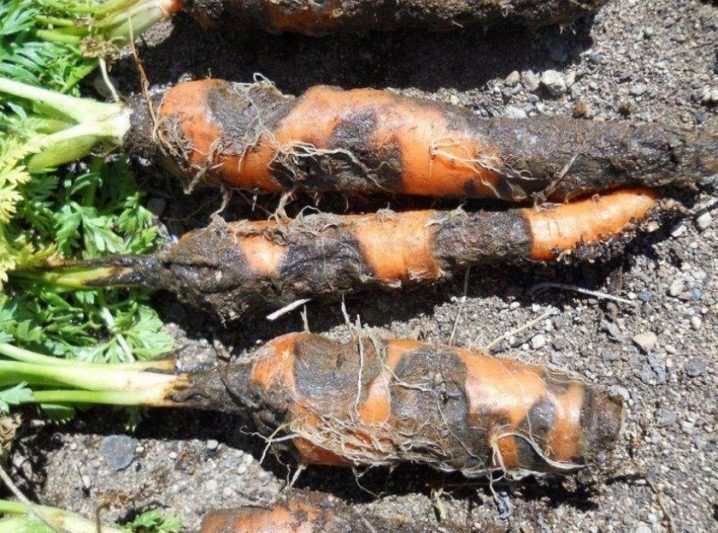
If we talk about parasites, then among them carrots are most often affected by carrot aphids, carrot fly, nematode, bear and wireworm. You can fight them through folk recipes, but they are not always effective. In this case, it would be better to resort to chemicals. Although they are toxic, they are quite effective and are able to eliminate pests in the garden in a short time.
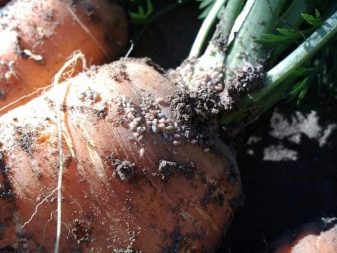
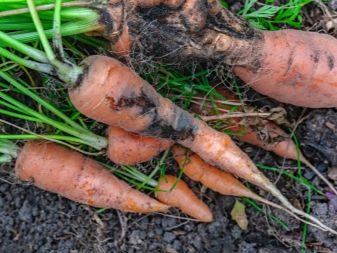
Harvesting
As a rule, the collection of root crops falls on the end of July-August - the exact dates depend on the variety. You can determine whether a carrot is ripe by its tops: in a ripe plant, the green part dries out and turns yellow.
Carrot is harvested mainly on a sunny day using a pitchfork.
After that, the carrot is cleaned of soil, its tops are cut off, and the root crop itself is stored in the cellar.
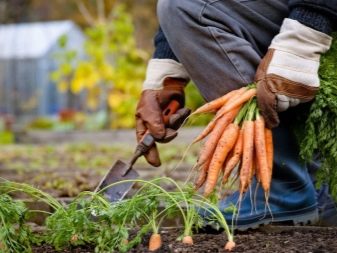
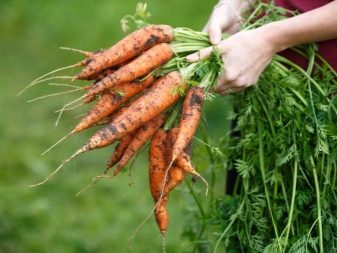
Interesting Facts
There are many interesting facts about carrots.
- So, this vegetable is able to protect the heart by increasing the level of calcium in the blood and lowering cholesterol. In addition, carrots provide the body with a huge amount of vitamins.
- Carrots have another great advantage. It consists in the fact that this vegetable is useful in any form - both fresh and boiled. However, it should be borne in mind that during heat treatment, the root crop loses some of its beneficial properties.
- It is also interesting that this plant is able to change the color of the skin to yellowish orange. However, for this, carrots must be consumed in large quantities. By the way, carrots can help preserve the red color of a domestic cat. To do this, it is enough to give her a raw carrot: a couple of circles a day will be enough.
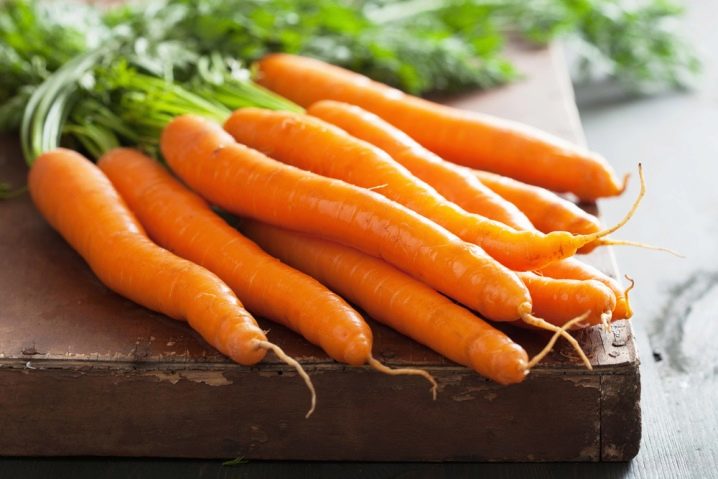












The comment was sent successfully.